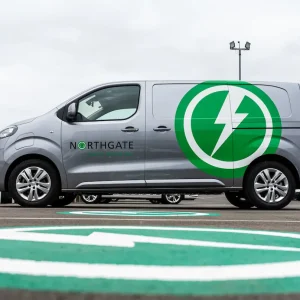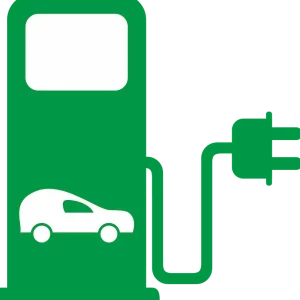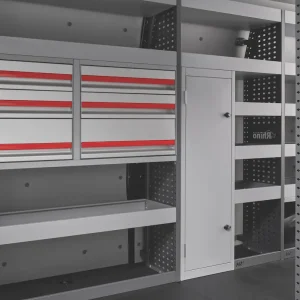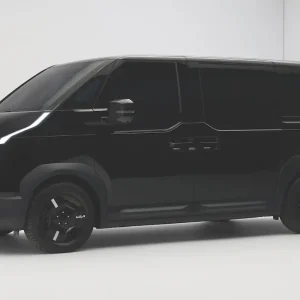With the Government’s deadline to end the sale of new petrol and diesel cars and vans by 2030, and all new cars and vans being fully zero emission from 2035, the clock is very much ticking.
To highlight the issues facing LCV operators, Grosvenor Leasing held an electric van round table panel discussion in June, bringing together transport managers from a diverse mix of operations alongside electric commercial vehicle specialists. The aim being to discuss the challenges they face, share experiences to date and map out the key areas to focus on in the coming years.
The overriding viewpoint was that change needs to be driven from board level, as the electrification of a company’s van fleet is not a task that sits with the transport team alone.
Rather than see how electric vans can fit into a business’ current operating model, this is far more a case of how the business needs to adapt to electrification; there being an impact on operations, finance, human resources, property, facilities management and customer service.
“Companies have built their operating models around diesel commercial vehicles,” explained Grosvenor Leasing’s LCV electrification expert, Steve Beadle. “The geographical areas vehicles cover, their daily mileages, the loads they carry, the numbers of stops they make – everything is based on operating a diesel.
“Trying to fit electric vans into that same model is the classic square peg in
a round hole, and the consensus from our panel was that this is an opportunity to review and re-engineer your operations for a zero-emission future – and that will require stakeholder buy-in from across an entire business.”
Delegates at the round table panel also detailed how much work there is to be done, with the consensus being that anyone who hasn’t started planning their transition to an electric light commercial vehicle fleet should do so urgently.
Detailing the capabilities of the electric vans on the market, and developing a comparison table of which may be most suitable for your business model is key. Trialling as many vans as possible is also essential to see which will provide the best fit, and whether a mix of vehicles with different attributes will be required for different parts of your operation.
Combining real life trials with route analysis and operational data will help transport managers begin to see where EVs will fit with the existing business model, but also how that business model needs to adapt to EVs.
From this, the charging infrastructure can begin to be mapped out. With home charging being ruled out by most members of the panel and concerns over the ability to rely on
public charging sitting with everyone, a plan is needed to decide how and where vehicles can be charged to avoid problems with downtime and the inability to meet key performance targets and customer commitments.
“One of our panel members described how they were prioritising certain key customers in the morning when the vans were on full charge, then asking the drivers to top them up with a short burst of charge during their lunch break to fulfil more localised activities in the afternoon,” said Steve.
“Another explained how they were looking to agree with some of their corporate clients that the van could be charged at the customer’s premises while their operative was working on site.
“The reality is that everyone’s business operations are different, however, it highlights the need for some lateral thinking and to adopt a fresh viewpoint.
“For public charging, there were concerns about height restrictions in many car parks that meant that only half of public charge points were actually accessible to van drivers. There was also a concern about brand reputation, with some businesses worried that they would receive complaints by the general public if one of their branded vehicles was left in a charging bay designated for shoppers or local people.”
Driver education was also very high on everyone’s list, with one panel member saying: “Do not set your drivers up to fail in an electric vehicle by just giving them an EV van and saying ‘off you go’.
“Show them the data from your telematics, share with them the analysis you have done and how you can make this work. Also, appreciate that many have never even driven an automatic vehicle before, let alone one that is electric. Give them training, and talk to them about the benefits of moving to electric, and choose drivers for the trial that will become advocates of change.
“There are also ways of reducing range anxiety, for example by giving them a charge card or App and pinpointing where they can ‘top up’ on their route if they need to. By offering driver training for an electric van will further help them maximise the vehicle’s range through more efficient behaviours.
“The clear message that came out of our LCV EV panel workshop was that every business is different but there is a lot of work to be done, and at Grosvenor Leasing, we are working with our customers to support them in all aspects of electrification and planning their transition to a zero-emission future.”
To discuss your light commercial vehicle fleet and its transition to electric, please contact us on 01536 536 536 or email info@grosvenor-leasing.co.uk





